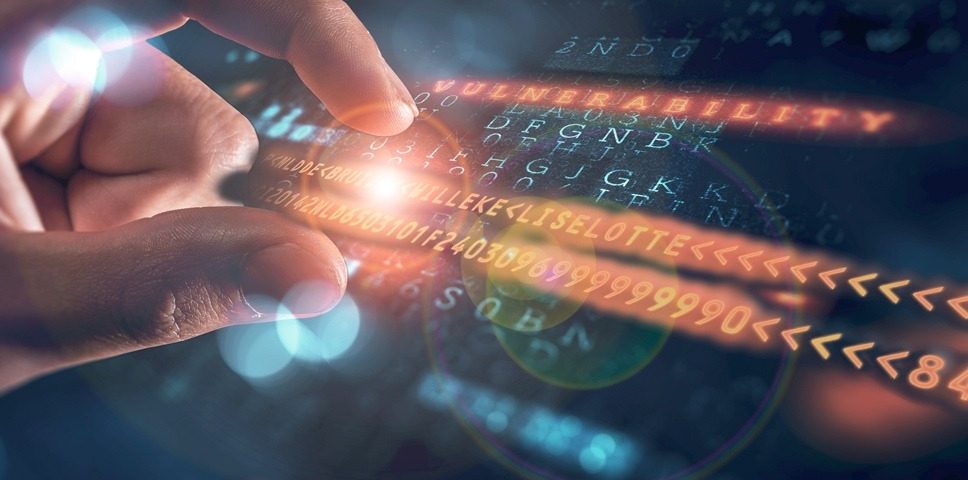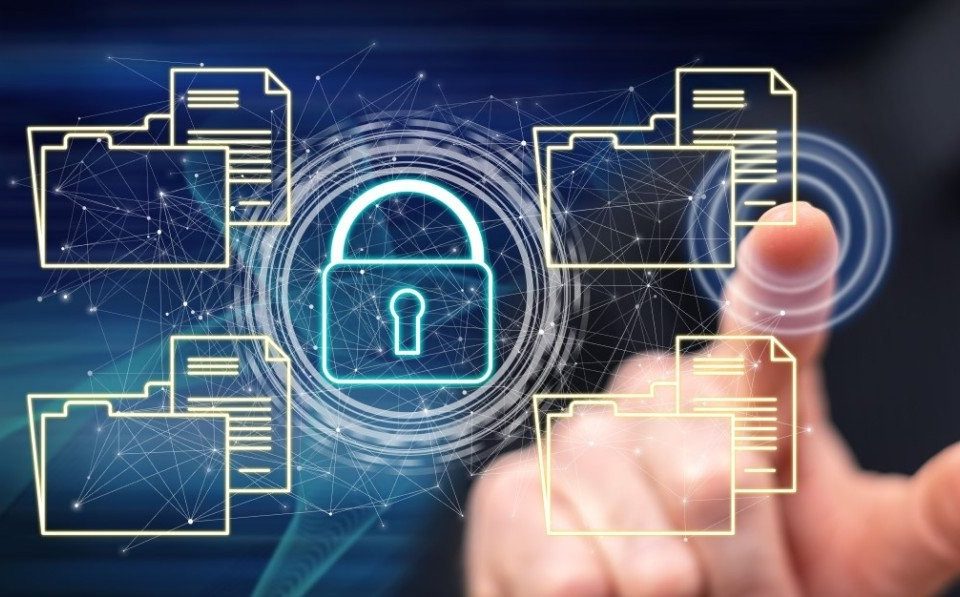
Aenean ligula mol stie viverra
May 12, 2014
Windows 11 AI Gets OCR Technology for Enhanced Camera and Snipping Tool
September 4, 2023In today’s digitized world, Optical Character Recognition (OCR) plays a pivotal role in automating data entry, document management, and text extraction tasks. OCR technology has come a long way since its inception, and understanding its basic principles is essential for anyone looking to harness its power effectively. In this article, we will delve into the fundamental concepts behind OCR and shed light on the intricate processes that enable machines to “read” text from images and scanned documents.
Optical Character Recognition: An Overview
OCR, in its essence, is a technology that converts images of text into machine-readable text. It accomplishes this task by analyzing the visual patterns of characters and symbols within the image and then translating them into recognizable text characters. OCR systems have evolved to handle a wide range of fonts, languages, and document layouts, making them versatile tools in various industries, including finance, healthcare, and education.
The Image Preprocessing Phase
Before OCR can work its magic, it must prepare the image for analysis. This preprocessing phase involves several critical steps:
1. Image Capture and Enhancement
OCR begins with the acquisition of an image containing text. The quality of this image is crucial, as any imperfections or distortions can hinder the recognition process. High-resolution scanning or image capture techniques are often employed to ensure clarity. Moreover, image enhancement techniques like noise reduction, contrast adjustment, and de-skewing may be applied to improve OCR accuracy.
2. Text Localization
In the preprocessing phase, OCR systems identify and isolate regions of the image that likely contain text. This step helps narrow down the area for character recognition, reducing computational complexity.
3. Binarization
To differentiate text from the background, OCR systems convert the grayscale or color image into a binary image, where pixels are classified as either foreground (text) or background. Thresholding techniques are used to achieve this binary representation.
Character Recognition: The Heart of OCR
The core of OCR lies in the ability to recognize individual characters within the segmented text regions. This phase consists of several intricate processes:
1. Feature Extraction
OCR software extracts a set of distinctive features from each character, such as stroke patterns, curves, and line intersections. These features serve as the basis for character classification.
2. Character Classification
During this step, the extracted features are compared to predefined templates or models of characters. Machine learning algorithms, neural networks, or statistical methods are often employed to classify characters accurately.
3. Language Modeling
To improve recognition accuracy, OCR systems incorporate language models that consider the likelihood of specific character sequences based on the language being processed. This contextual information helps resolve ambiguities and correct recognition errors.
Post-Processing and Error Correction
OCR isn’t infallible, and recognition errors can occur due to factors like low image quality or unusual fonts. Therefore, post-processing steps are vital:
1. Spellcheck and Dictionary Lookup
OCR software may perform spellchecking and dictionary lookups to correct recognized text. This is especially useful for identifying and rectifying common word-level errors.
2. Confidence Scoring
OCR systems often assign confidence scores to each recognized character or word. Users can set thresholds for these scores to filter out low-confidence results, reducing the chances of incorrect data extraction.
3. Manual Verification
In critical applications, human operators may review and manually correct OCR results to ensure accuracy, particularly for documents with legal, medical, or financial significance.
Output and Integration
Once the OCR process is complete, the recognized text is typically output in a digital format, such as plain text or a structured data format. This output can be integrated into various software applications, databases, or document management systems, enabling automated data entry and text extraction.
The Future of OCR
As technology continues to advance, OCR is evolving with it. Machine learning and artificial intelligence are driving OCR improvements, enabling better recognition of handwriting, complex layouts, and diverse languages. Additionally, OCR is becoming an integral part of applications like augmented reality and automated content generation.
In conclusion, Optical Character Recognition is a remarkable technology that has transformed how we handle and manage textual information in the digital age. Understanding the basic principles of OCR, from image preprocessing to character recognition and error correction, is crucial for harnessing its capabilities effectively. As OCR continues to evolve, its applications will expand, making it an even more indispensable tool in our data-driven world.


